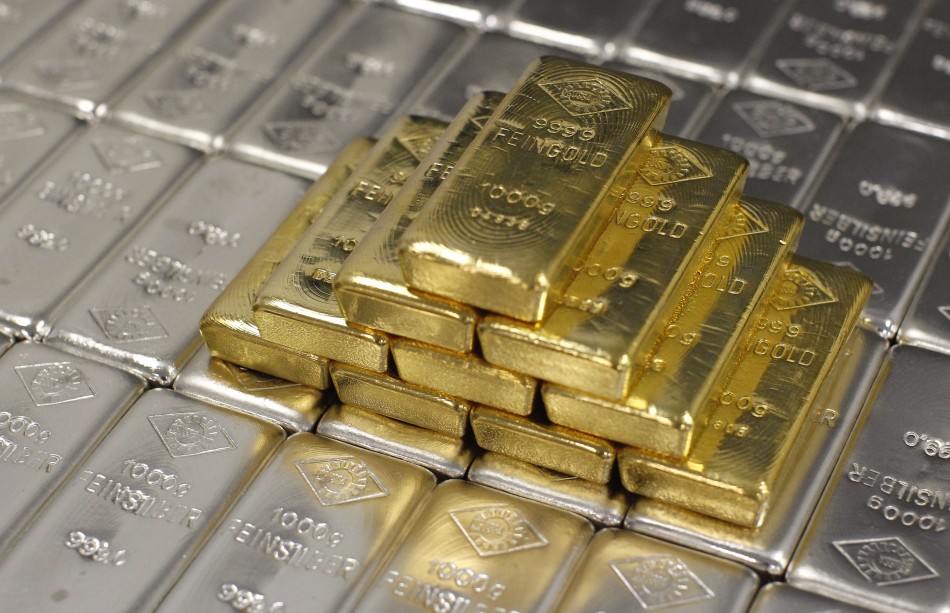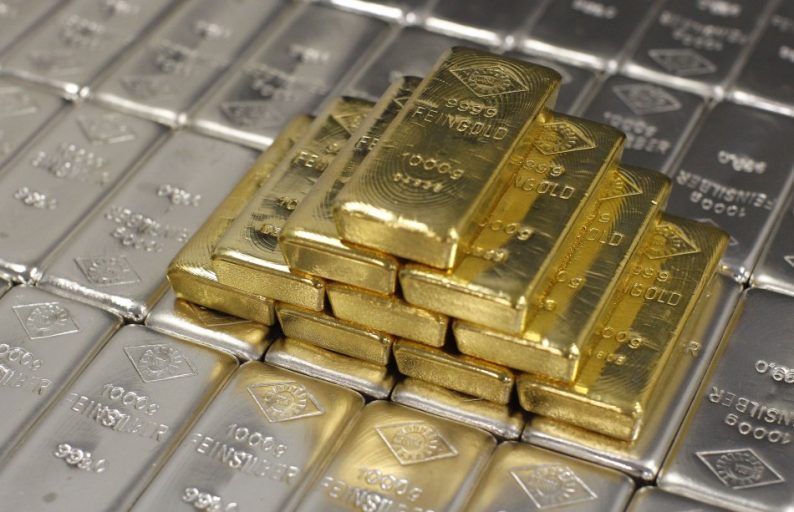Wrttten by Krassen Ratchev
Here’s an updated analysis of physical gold, silver, platinum and copper regarding their respective versatility of use, durability, fungibility, store of value, liquidity and aesthetics.

Physical Properties Comparison
Table 1 below shows the physical properties of gold, silver, platinum and copper:
If you didn’t graduate with honors in chemistry you needn’t worry – I have described each of the physical properties below:
- Platinum has the highest density of the four metals which means that you can fit more mass of platinum in the same amount of volume than gold, silver or copper.
- Silver possesses the greatest ability to conduct an electric current through its structure.
- Platinum is the least reactive, followed by gold, silver, mercury and copper. This is why gold artifacts that have been buried for thousands of years have little to no tarnish on them – and why that long-lost silver vase of yours will need some polishing before it looks presentable for the mantelpiece.
- Silver has the greatest ability to transfer heat through its structure than any of the other metals.
- Gold has the greatest ability to be hammered and stretched into long and flat shapes before losing its structural integrity.
- Platinum is the hardest of the four precious metals. This means that you will have more success in scratching a bar of gold with a platinum coin than the other way around.









Leave A Comment